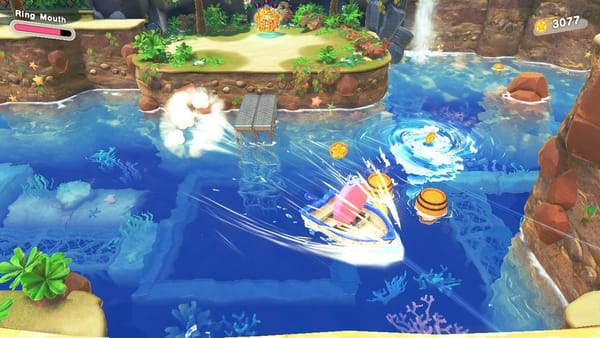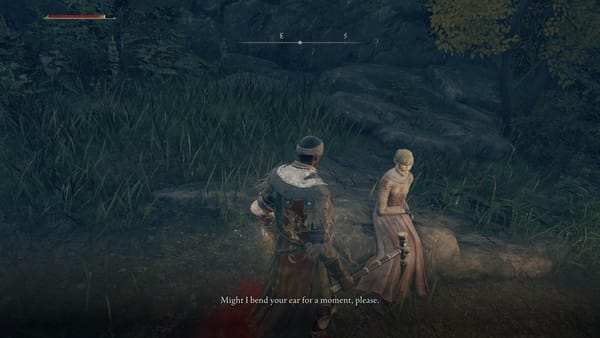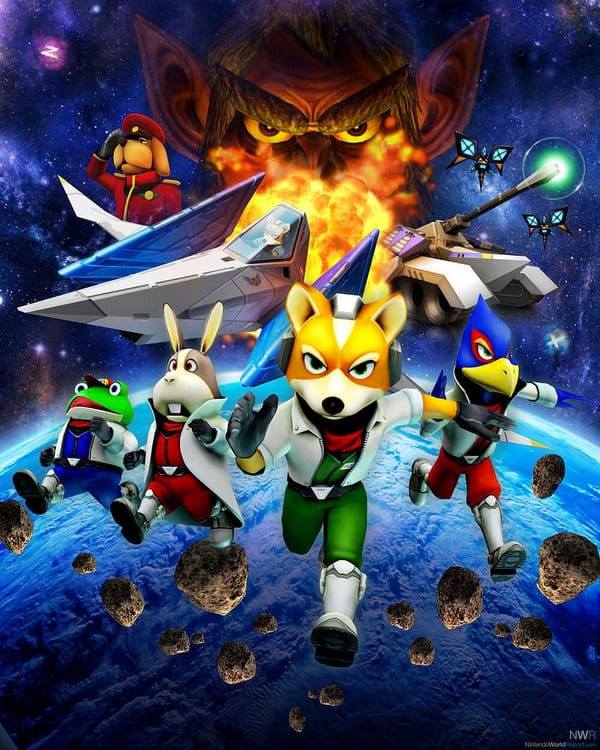The Appeal of Older Games in the Modern Day
Video games are a wide medium. Containing dozens of genres and sub-genres, each one having thousands of options to pick and play from, it…
Video games are a wide medium. Containing dozens of genres and sub-genres, each one having thousands of options to pick and play from, it is very easy for a gamer to build up a library of unfinished games… and I am very much a victim of this. Over the years, I’ve spent money on game after game, but have developed the awful habit of playing a game for a good thirty hours, putting it down for a day, and never coming back to it. And if I do come back to it, I have the intense urge to start over because I won’t remember the controls or attack combos and I’ll have forgotten most of the story. For me, a part of this list was the Mega Man anniversary collection. I’ve never been one for platformers, and the only experience I had with Mega man before was playing Mega Man Zero on an emulator in middle school, so I’d get the chance to go into this experience blind and with high expectations. I mean come on, it’s Mega Man! Rock Man! Super fighting robot that shoots lemons! It can’t possibly be bad after being around for thirty years, right?
I don’t like Mega Man.
Ok, maybe Mega Man isn’t the problem. After all, I heard from a friend that One and Two were the worst games in the main series. The real culprit is old timey game design philosophy. See, back in the days when computers took up literal basements and people thought we would have flying cars by now and didn’t have to worry about what a ‘Kingdom Hearts’ was, video game design philosophy was much different than it is today(alongside a lot of games just being taken from one console and company and just being made for another, but that’s a topic for another day). Home consoles were a new and unexplored market, so much of the design choice was based on simple replayability and trying to get kids to spend more quarters. By giving them a simple task with some arbitrary difficulty, you have something to entice kids with flashy colors and put them in a token-driven loop until they don’t have an allowance to spend anymore. The only difference with arcade games is that they were a lot shorter and less of an investment than with home consoles. Once people started bringing that stuff home, games could be longer, be a little more complex, and design ideas could be messed around with and a bit more experimental. It was a messy time to be a gamer, an interesting time to be a game dev, but probably perfect since nobody had a strong idea of what they were doing like how it is today. Gaming was young and going through a big change, so naturally games from then won’t stack up to now. I had the same issue with Dragon Quest a few years back. Well, not the arbitrarily hard part, but the huge tonal shifts from then to now. RPG’s today are much more thought out and expansive, promoting exploration of a map through sidequests and giving the player a lot of different places to check out towards the end. Combat is much more creative and gives the player resources to try different things, and lets the player feel like a strategist at the helm of a four man army. When I played Dragon Quest, I had no idea where to go. So naturally, I wandered around the map until I found a structure that looked like it didn’t really belong, went in, killed a dragon, saved a princess, then wandered around some more until I caved and pulled up a walkthrough and it was in this that I realized just how freeform older games are. They allow the player to build their own path to a conclusion rather than following a green dot on the top of the screen to get to the next location.
The nature of old RPG maps isn’t the only example of this. We see this in Mega Man when you can fight the bosses in whatever order you want, and how Mario has secret spots that can warp you way further ahead in the game. Zelda just plops you down somewhere with a cave behind you. The thing that all these games have in common is that you just go, and sometimes just going is fun. No restrictions, simple rules, you just have to play the game and figure out how to get to the end, and this is a feeling that new games have been improving on for a few years now. But besides nostalgia and curiosity, what would make anybody want to keep playing an old game? They’re still riddled with a lack of clarity and clunky controls, are poorly optimized compared to today, we just have better options. But I think it’s for the same reason that we keep playing Dungeons and Dragons.
At its core, D&D is just “Imagination, the Game”. There are rules to follow that tell you how to play and what unique things your character is able to do, and it’s all presented in a pretty simple way once you start playing. You can make literally any decision you want, but this doesn’t overwhelm you because there’s always some kind of context to a decision because you’re roleplaying. Players can have little figurines that represent their characters, enemies, and NPCs, and you play on a grid map with varying levels of visual detail. Everything has its own art that shows what it’s supposed to look like and convey strength. And while a lot of this depends on the party and the amount of detail players are willing to put into the campaign, these are all elements that are present in one way or another because of how integral the imagination is to the game. Even without an intense amount of detail on the table, players can still understand what’s happening and interpret situations in their own way by using their imagination. All of these details in D&D are the same reasons why older games are still enjoyable.
See, older games are just D&D campaigns with average detail. There’s a grid map, but it’s just some paper that the Dungeon Master drew on with a sharpie, and it’s clear that the two rectangles on that side of the room are chests. You might have figures, and while they aren’t entirely accurate to your character due to simplicity, they get the point across. The images and descriptions in the starter book let you and the players understand what they’re going up against and how strong they might be, and all of these elements are present in old games. Dragon Quest and Zelda’s big open maps? The paper and sharpie boards you play on. Box art and old game manuals are just the art in the guidebook, hell even rolling a d20 is hitting the A button and seeing if anything happens when you interact with an item. The simple sprites that you see are the unpainted figures that represent your character, even if there’s a more detailed version in your head or in the art. Older games tap into a sense of imagination that relies more on the player and invokes an interest compared to what we have today where the pretty, big details are all in your face.
And this isn’t to say that these details being present is a bad thing, that would just be stupid (have you seen Tales of Arise?), but it gives us a reason and understanding for the appeal of older games. They capture that sense of imagination and use it to fuel the players’ experience. I can’t tell you how many times I was playing Galaga at a Dave and Buster’s when I was a kid and imagined that I was fighting for my life against a massive alien army, or how I imagined pokemon battles in Platinum to be way closer to the anime than they actually are. It’s the simple details that are given to you that act as tools, and the imagination is the hands, and together they create the image of something that’s way cooler than what you’re actually seeing on the screen. So even if I get frustrated playing Mega Man or get lost in Dragon Quest, I can still use my imagination to make the event more interesting and dynamic than it might actually be.
Nowadays it feels like game devs are taking this feeling of imagination and giving it to you through simple inputs that create big flashy moves. Remember how I brought up Tales of Arise earlier? I feel like that game is the definition of ‘what you imagined when you were a kid’ (the same applies for FF7R, but I played Tales more recently). Typical JRPG combat is slow, menu based, and a turn off for most gamers because of this. While the player might be given some kind of crazy huge fireball move, or throw a sphinx on top of an enemy, the turn-based nature of combat can make things slow and uninteresting. Without a sense of urgency or pressing danger, the player has no need to worry about the immediate moment, rather they can wait until the enemy’s next turn. Tales of Arise remedies this by making the combat action based with quick buttons and being able to switch party members. Special moves are flashy, dynamic, and impressive. With party members, the classic 4 person group is widely expanded on, allowing for a larger number of characters to fight in combat simultaneously. All of this uses that sense of imagination without sacrificing what makes a JRPG what it is, and not relying so much on the player’s actual imagination. Everything is given and there’s no need to imagine any further than what’s being seen.
The feats of older games are impressive, even if they’re a pain to play today. Somehow they managed to take hold of the player’s creativity and twist it into something bigger once presented with simple images and sounds. With today’s games adopting this feature, as well as others such as massive open worlds with the option of having no waypoint marker, it’s clear that games have taken great steps in evolving and becoming more and more inspiring of a medium.



